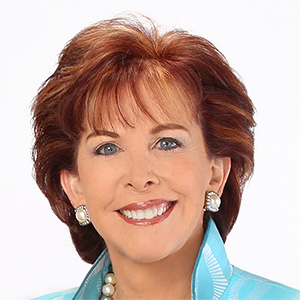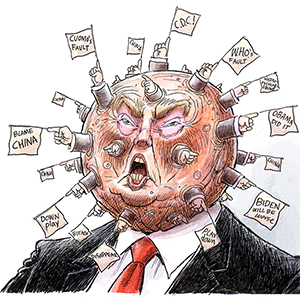Jill On Money: Should you buy risky assets in your 401(k)?
Potential changes could be coming to your workplace retirement plan.
President Donald Trump signed an executive order that would pave the way for riskier assets to be included in 401(k) plans. The order asks the Labor Department (DOL), which oversees workplace retirement plans, along with the Treasury Department and the Securities and Exchange Commission, to determine what regulatory changes need to be made to allow plan participants to invest in certain types of risky alternative assets (“alternatives”) like crypto, private real estate, and private equity inside of their 401(k)-retirement plans.
Currently, there is no law or rule that precludes alternatives from being among the menu of choices inside a plan, though the Biden administration issued warnings about doing so in 2022, especially when it comes to crypto.
The DOL notice reminded plan sponsors that they owe a fiduciary duty to participants, meaning that the investments that are included in the plan have to be in the best interest of those who are using the retirement plan.
As of March 2022, DOL had “serious concerns about the prudence of a fiduciary's decision to expose a 401(k) plan's participants to direct investments in cryptocurrencies...These investments present significant risks and challenges to participants' retirement accounts, including significant risks of fraud, theft, and loss.”
The warning opened up sponsors to legal liability if participants who used the funds in question and lost money later decided to sue. The new executive order will likely lead to a massaging and watering down of the language, giving sponsors plenty of cover if they choose to include these assets in their plans.
When you invest in private equity you are essentially buying a stake in a company that is not yet publicly traded on a stock exchange. Private equity firms pool money from investors to acquire companies, restructure them (sometimes ruthlessly), and hopefully sell them for a profit, years down the road.
Historically, institutional investors, like endowments and pension plans, as well as certain wealthy individuals, have poured money into private equity.
Private equity and private real estate investments tend to be harder to buy and sell, because your money is typically locked up for 7 - 10 years, which makes them a lot less liquid than the funds that are currently included in retirement plans.
Additionally, alternatives are usually more expensive than other investments inside of retirement plans, because they charge a 2 percent management fee plus 20% of profits (aka “2 and 20”). Compare those fees with the typical 1% for managed funds or the nearly free 0.1% for an index mutual fund.
The managers of alternative funds contend that the higher risk, volatility, and sky-high fees are justified by the potential to make money. (Many bought into this narrative, which is how private equity assets under management have ballooned over the past decade.)
Critics counter that the biggest beneficiary of this rule change will be the companies that offer them, not plan participants.
If alternatives become available in your plan, treat them like any risky investment or company stock, don’t put too much money in them — maybe a maximum of 5-10% of your total account value.
Remember that trying to find the next “hot” investment is really a fool’s errand. The magic of retirement plans is being consistent and letting time work for you.
For most investors, the fundamentals remain unchanged: contribute consistently to retirement funds, diversify broadly with low-cost index funds, and let time compound your returns.
_____
_____
========
(Jill Schlesinger, CFP, is a CBS News business analyst. A former options trader and CIO of an investment advisory firm, she welcomes comments and questions at askjill@jillonmoney.com. Check her website at www.jillonmoney.com)
©2025 Tribune Content Agency, LLC















Comments